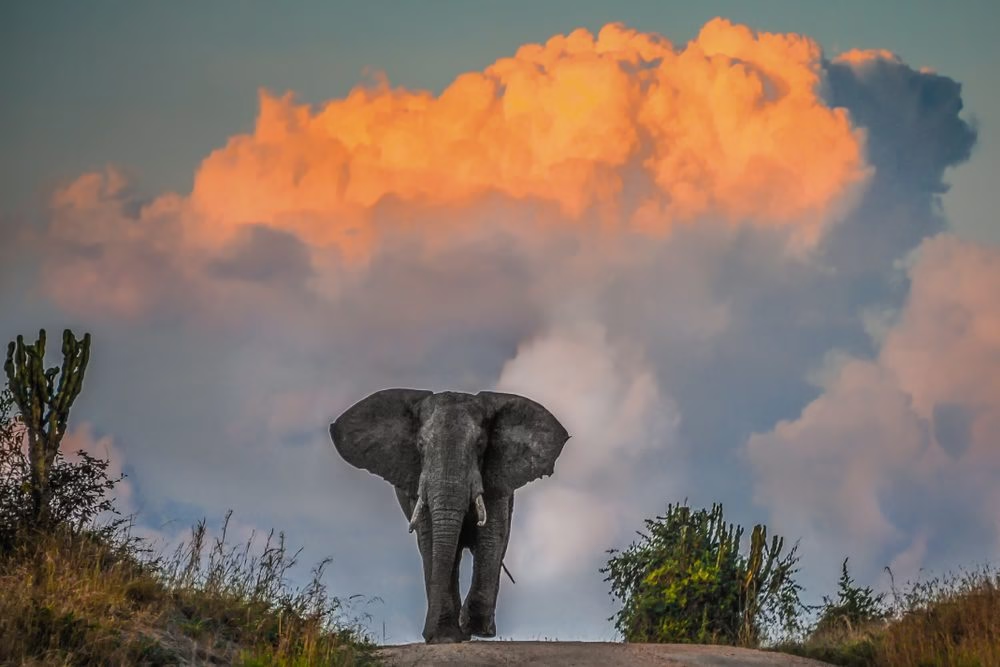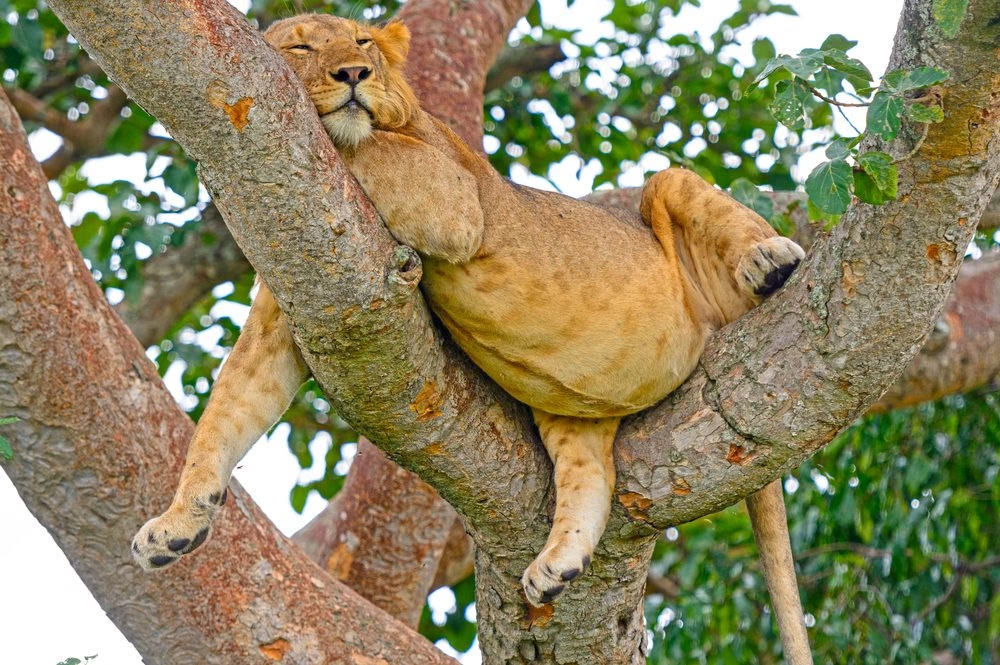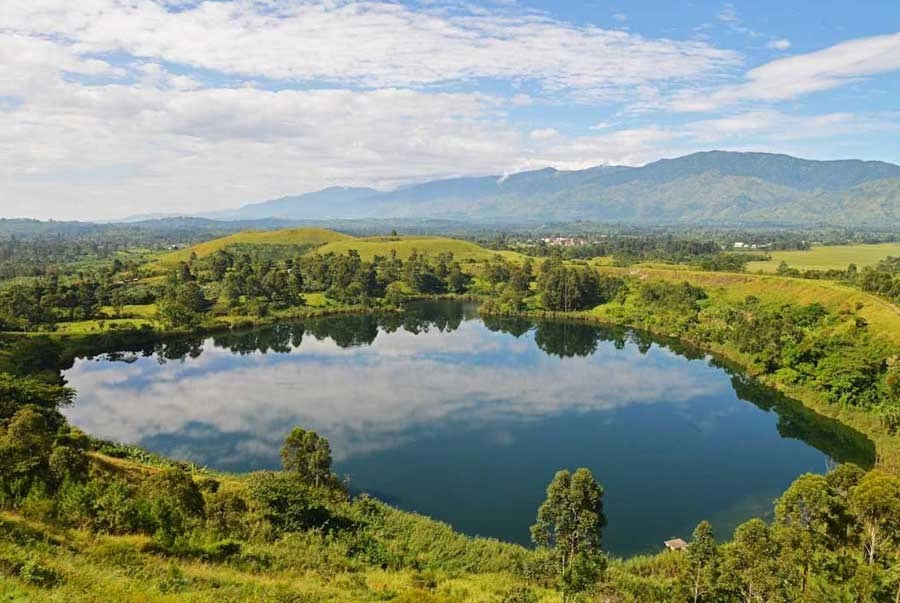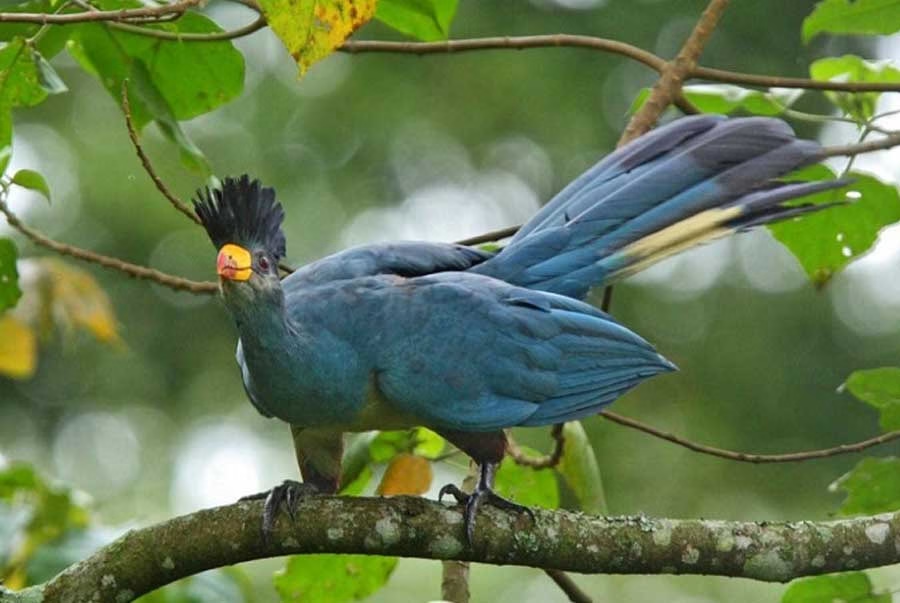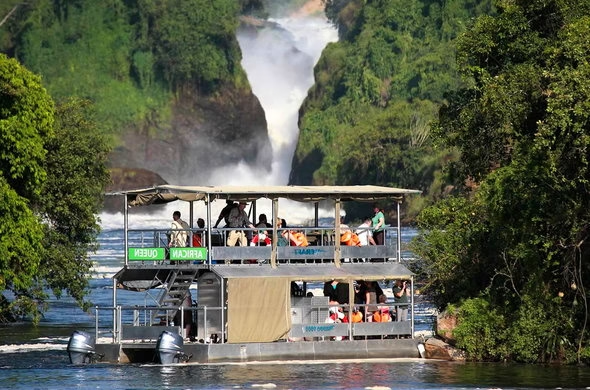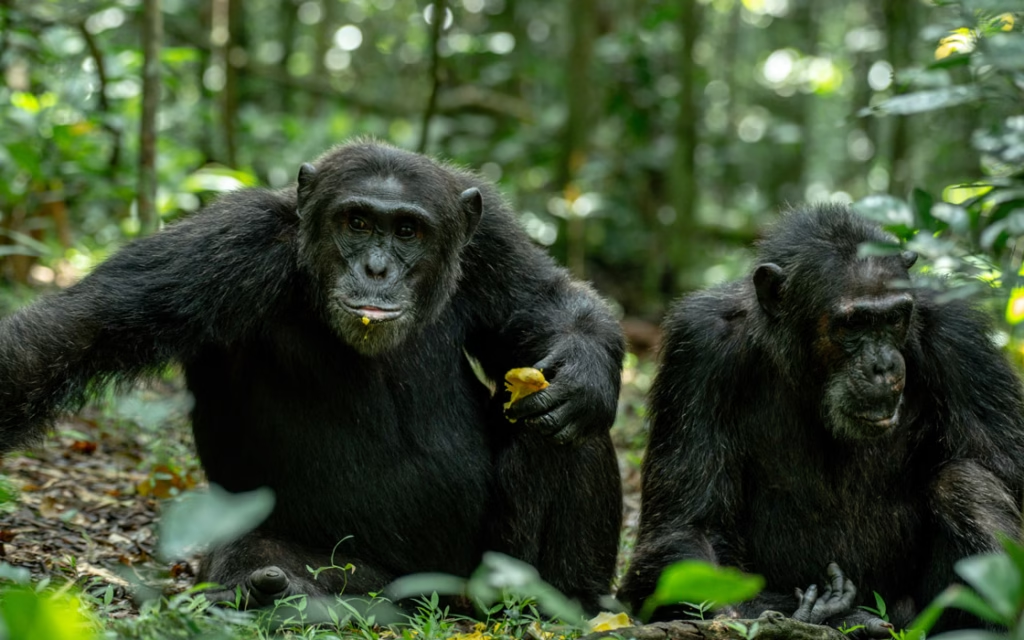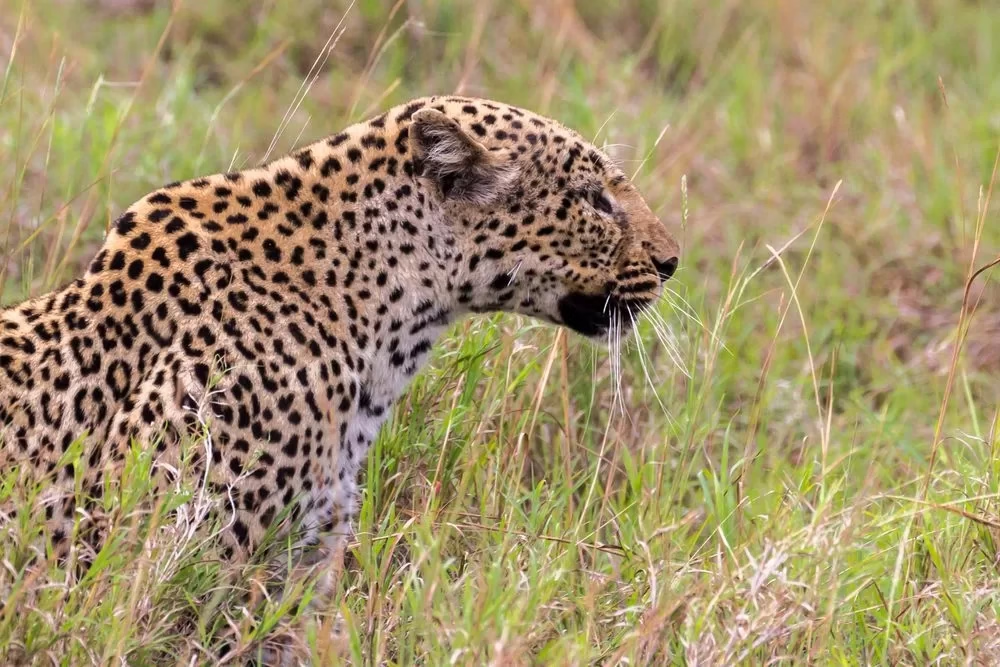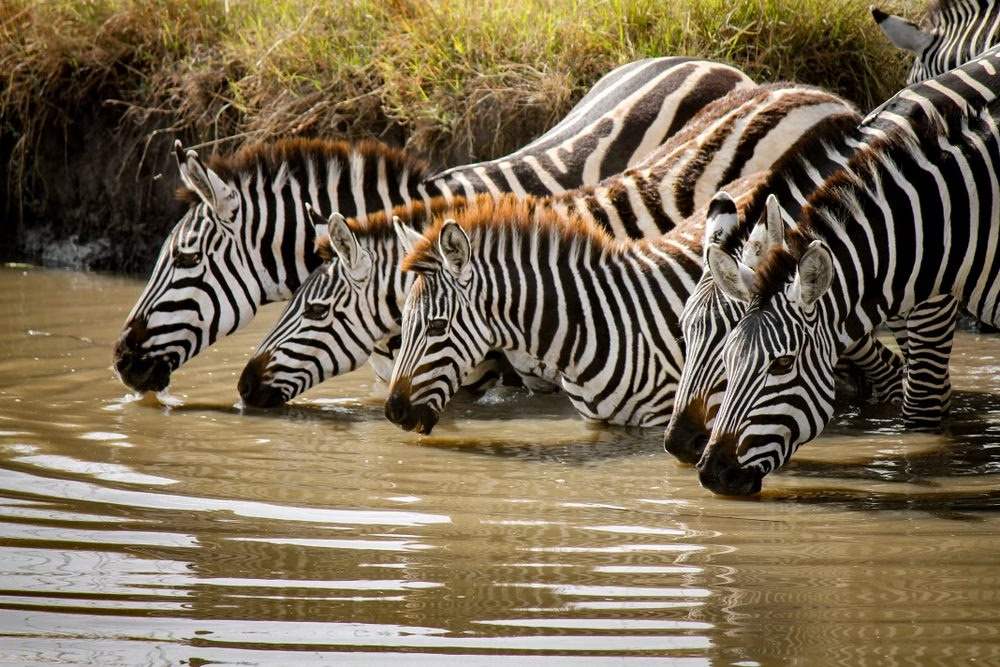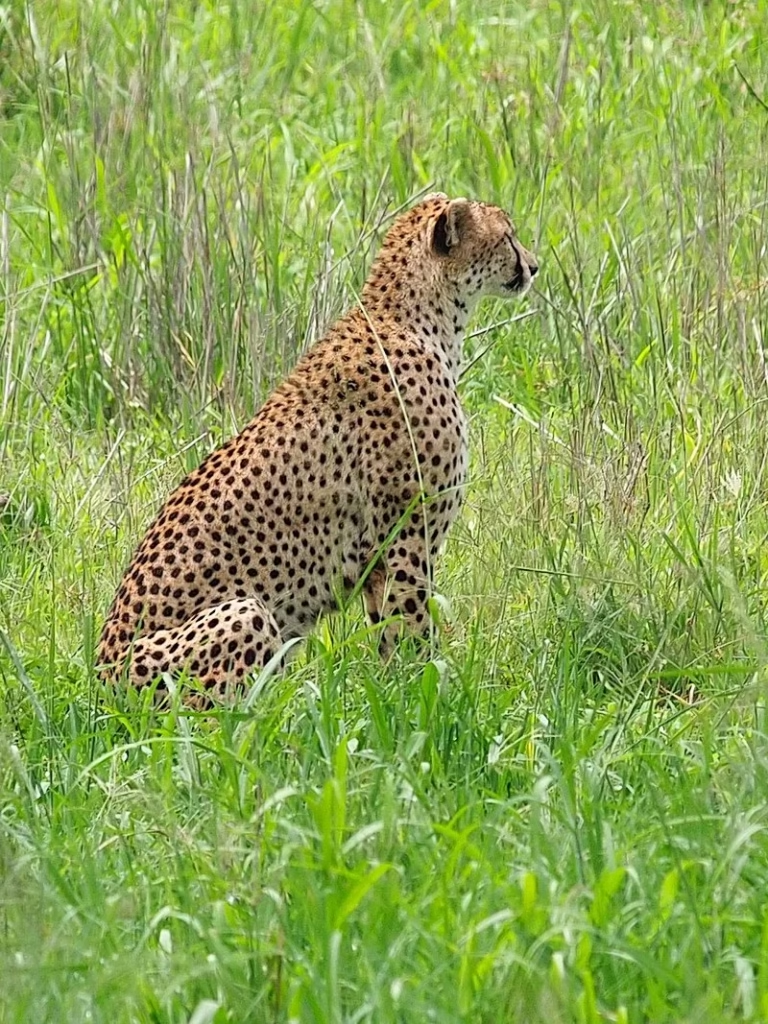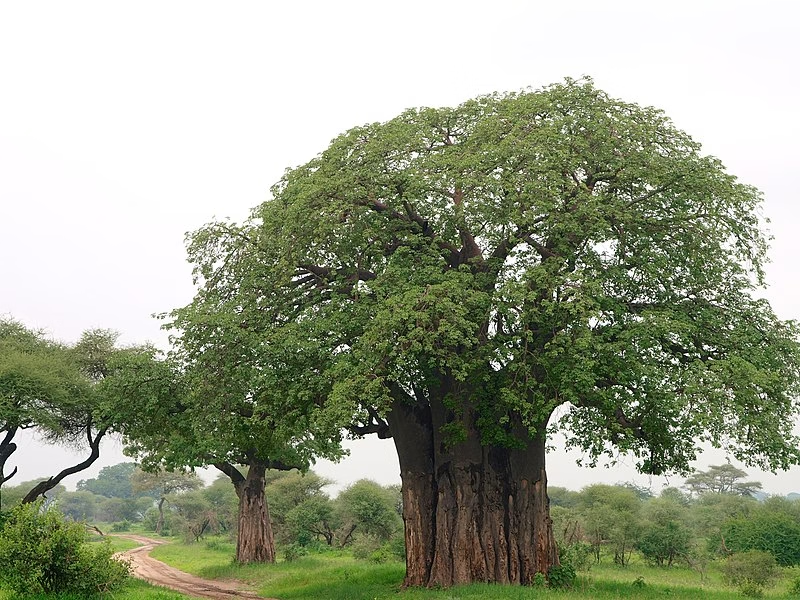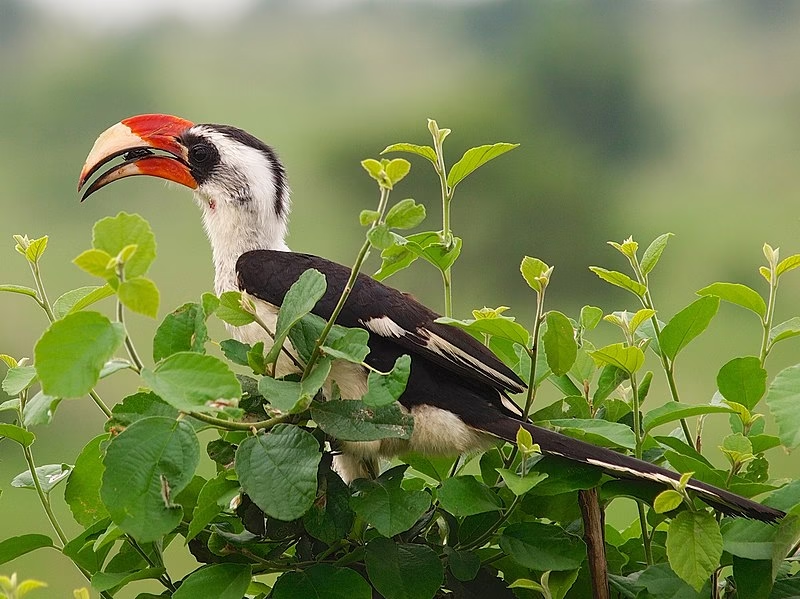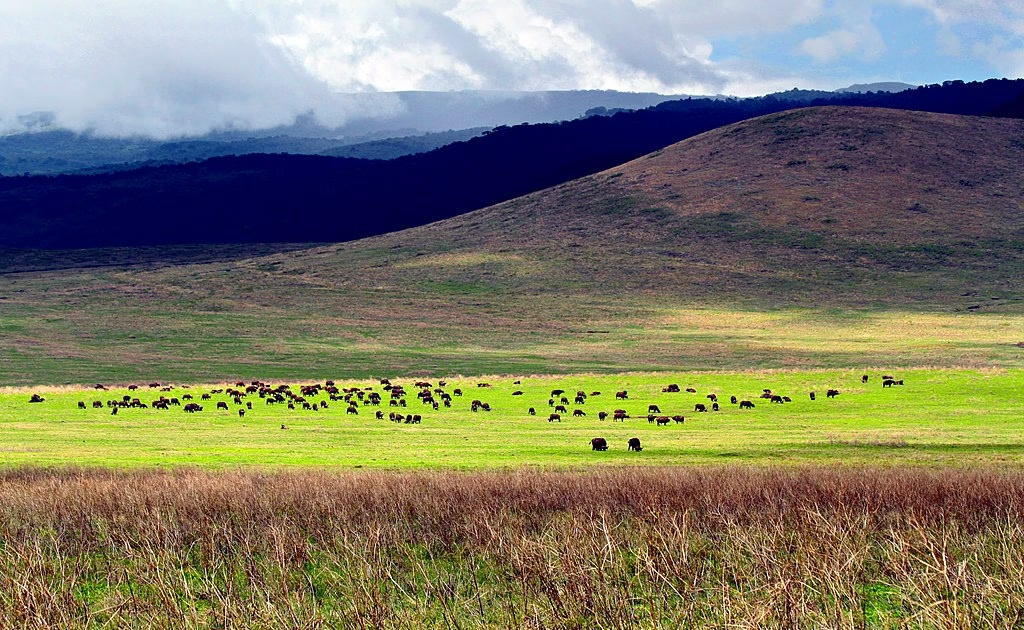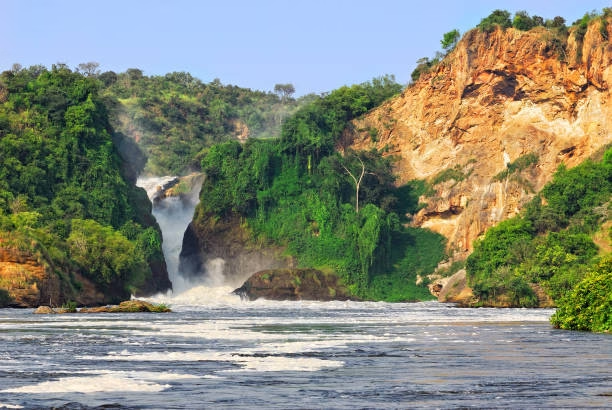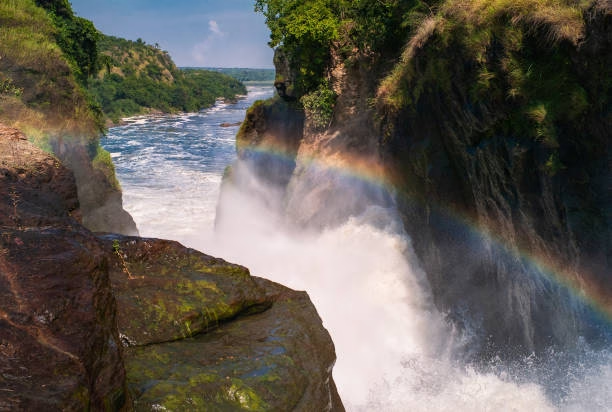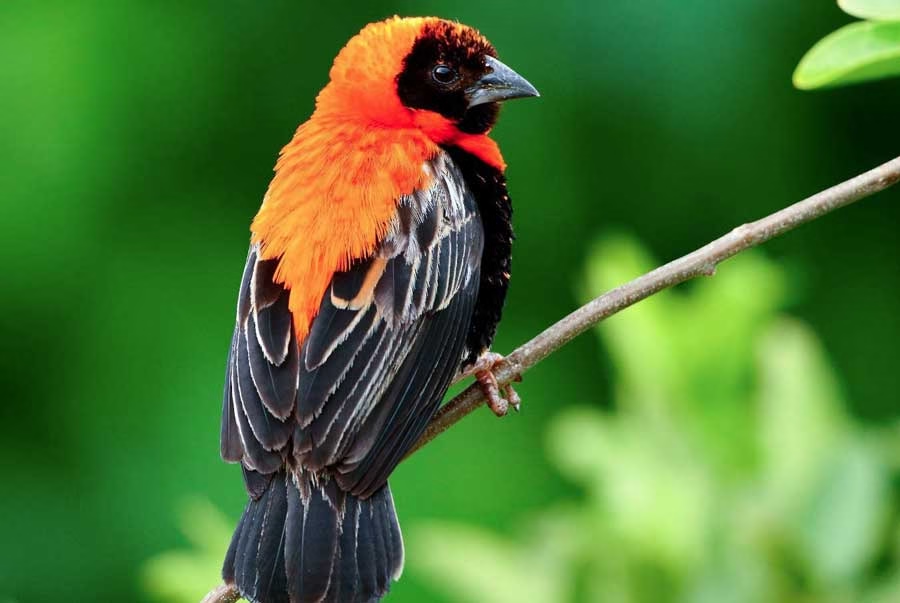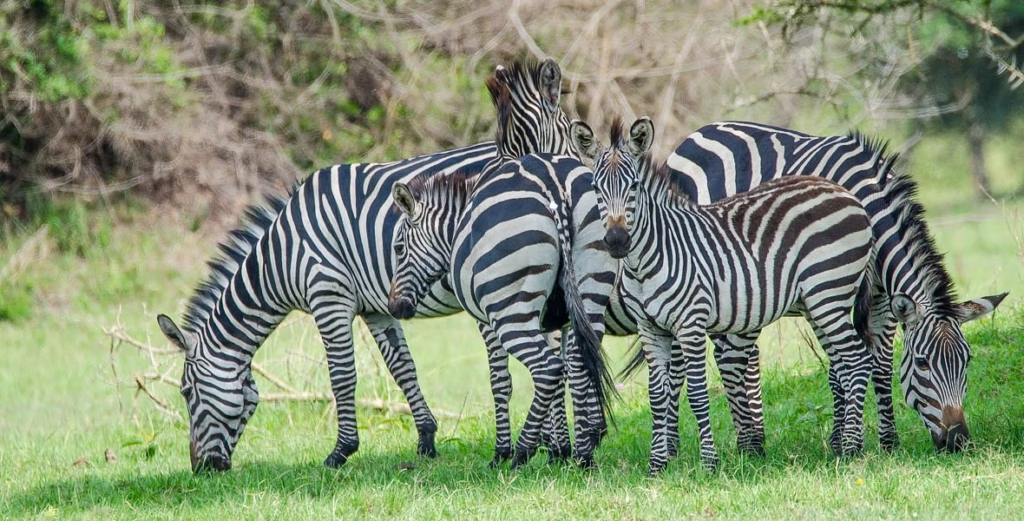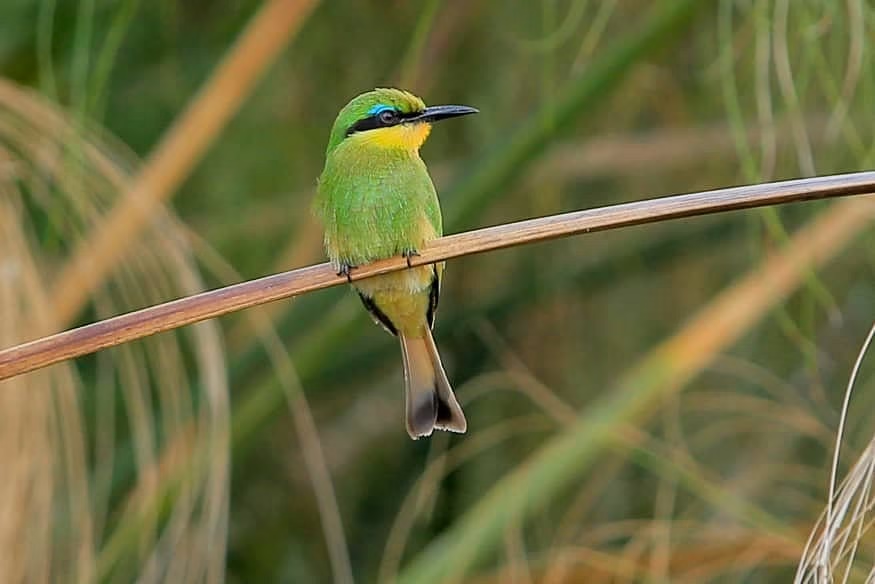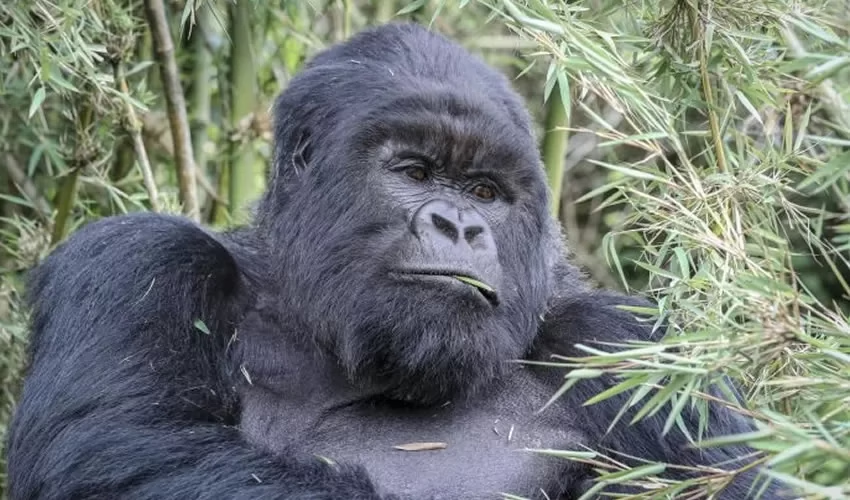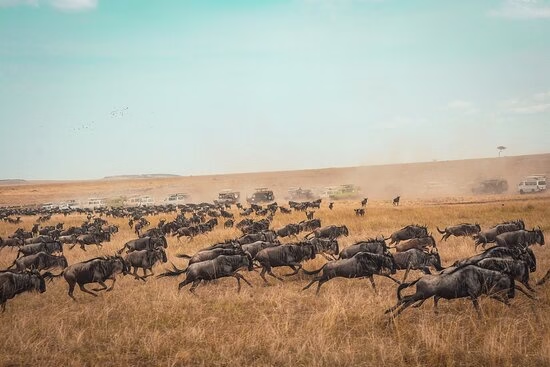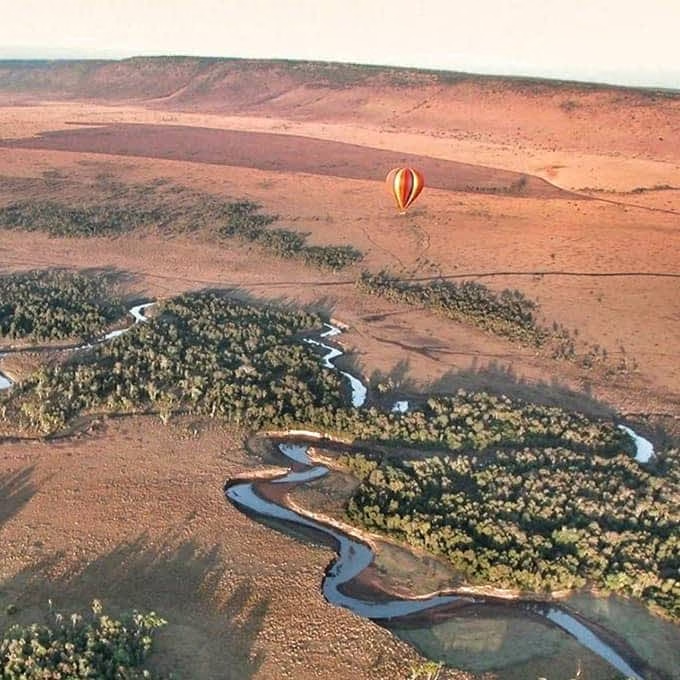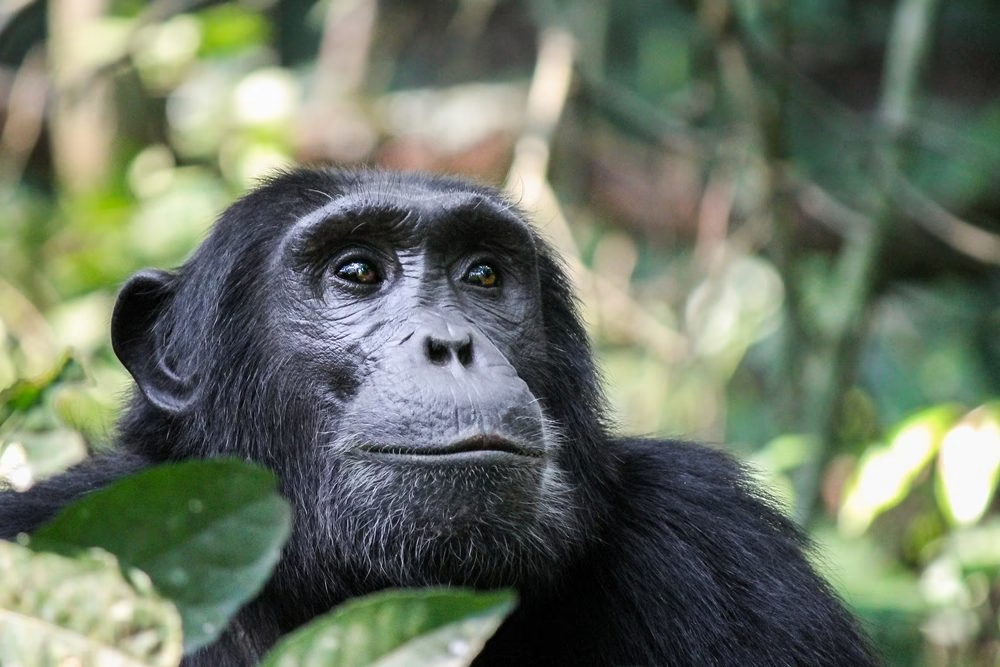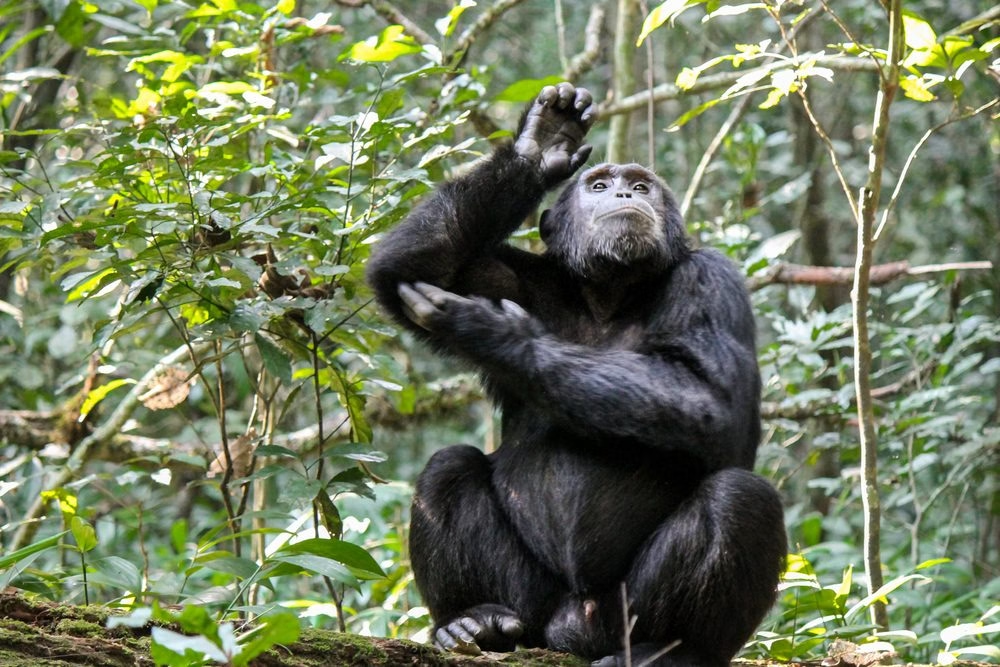- 4
- 26
- 4
- 7
- 2
- 7
- 1
- 1
- 1
- 1
- 3
- 6
- 5
- 1
- 1
- 1
- 14
- 2
- 3
- 3
- 1
- 1
- 19
- 1
- 1
- 6
- 1
- 1
- 1
- 2
- 2
- 2
- 6
- 3
- 6
- 1
- 3
- 4
- 8
- 1
- 6
- 2
- 1
- 5
- 1
- 1
- 6
- 4
- 6
Queen Elizabeth National Park
Location: Kasese, Kamwenge, Bushenyi, and Rukungiri, Western Region of Uganda.
Area: 1,978 km2 (764 sq. mi)
Overview
Queen Elizabeth National Park was initially known as ‘Kazinga National Park’ and formed along with Murchison Falls National Park in 1952 before it was renamed in 1954 to commemorate a visit by Queen Elizabeth II of Great Britain. Now Queen Elizabeth National Park (QENP) spans the western districts of Kasese, Kamwenge, Rubirizi, and Rukungiri.
Accessible by road 400km (250 mi) south-west of Kampala, The City of Kasese lies to the northeast of the park, while the town of Rubirizi is to the southeast, adjoining Kyambura Game Reserve to the East, which adjoins the Kigezi Game Reserve (including the Maramagambo Forest) and the Kibale National Park to the northeast.
In the west lies the Virunga National Park in the Democratic Republic of Congo, together the protected areas completely encircle Lake Edward, with the Rwenzori Mountains National Park in Uganda in the far northwest. Western conservationists have referred to the park as Rwenzori National Park during the 1970s and 1980s.
In 2006 The Basongora were forced to flee to DRC, settling in the park to the north of Lake Edward with their livestock. Predators attacked their animals causing them to leave out carcasses laced with poison to solve their problem, killing eleven lions in 2018, among numerous incidents. The Conservationist referred to this as a national disaster having previous incidents of poachers killing six elephants in 2015.
The park stretches between Lake Edward in the south to Lake George in the north with the two lakes being connected by the Kazinga Channel. The elevation fluctuates from 2,985 to 4,560 feet (910 to 1,390 m) above sea level. The Ecosystem is diverse featuring Acacia savanna, tropical high forests, partially salt lakes the two most famous are Lake George and Lake Edward, savanna grasslands, tundra, and wetlands.
The landscape feature backdrop of the rugged Rwenzori Mountains with a remarkable crater nestled into the foothills below the mountains. The river banks are frequented by buffaloes, elephants, and ungulates.
While the hippos blanket the river waters and crocodiles frequently bask on the sandy shorelines. The densely forested areas are hiding places for lions and leopards with aesthetically beautiful landscapes of volcanic cones, craters, and crater lakes.
Popular wildlife includes chimpanzees and over 95 mammalian species and over 600 bird species. The park is renowned for birdwatchers including the tree-climbing lions a pinnacle encounter. One of the few places where lions regularly climb trees.
The Uniqueness of this Park
-
- A protected area with the highest number of hippos in East Africa.
-
- Tree-climbing lions are a pinnacle here.
Accommodation Options
-
- Mweya Safari Lodge (32 Standard, 12 Deluxe, and 2 Suites).
-
- Kyambura Gorge Lodge (4 Deluxe, 4 Standard rooms).
-
- Ishasha Wilderness Camp (10 spacious Canvas Tents).
-
- Elephant Plains Game Lodge (10 spacious rooms).
Activities at the Destination
Kazinga Channel Boat Cruise, Visit to Kyambura Gorge, Chimpanzee Trekking, Mweya Peninsula, Game viewing drives, Ishaha Sector famous for possessing the highest number of tree climbing lions by 4×4 vehicle.

